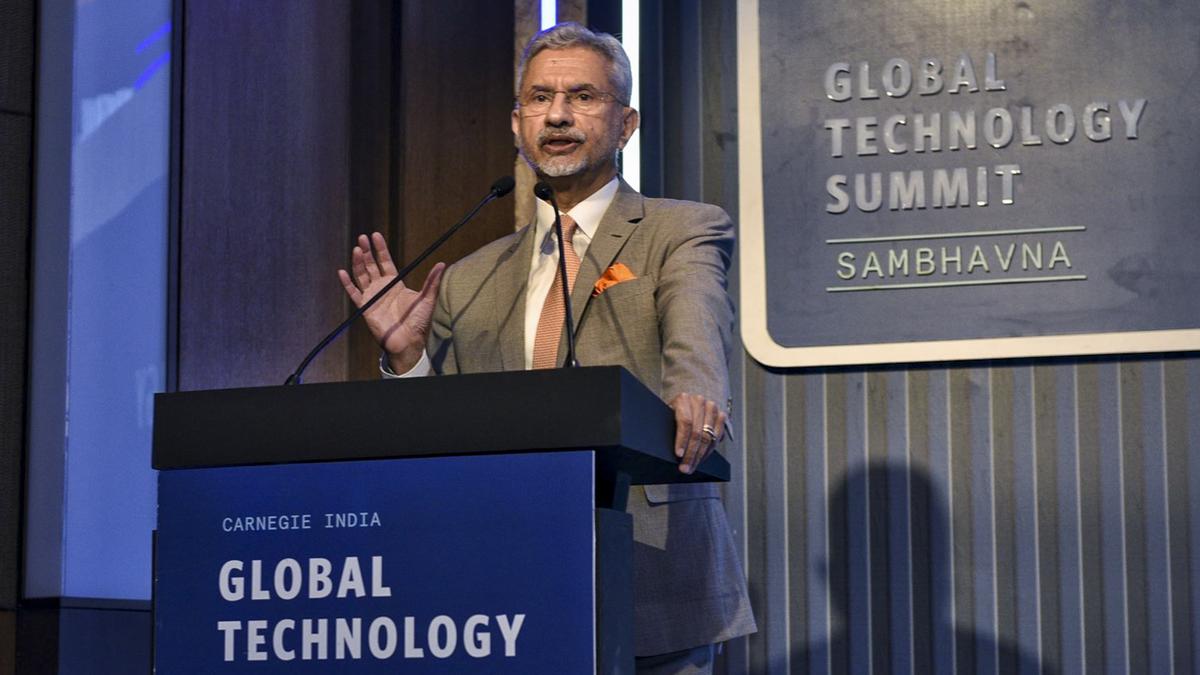Fadel al-Utol, 43, is an archaeologist and restoration specialist working in Gaza.
Tell me a little about your archaeological work and career in Gaza.
I am a specialist in archaeological restoration and excavation. I began my work in 1995 with the École Biblique as part of an agreement between France and the Palestinian National Authority. I have also worked with Unesco and the British Council on projects to uncover and preserve historical sites.
What was the status of your work and projects when the war started?
I was working for an organisation that protects heritage in areas of conflict that mentors, trains and employs graduates in archaeology from universities in Gaza. We train them for three months and then choose the best. We would target about 50 students, then according to our budget, we would employ up to 20 of them. It was a British Council operation in conjunction with the International Alliance for the Protection of Heritage in Conflict Areas (Aliph Foundation). And since 2017, I have been with First Aid Vision 2030, which supports archaeological fieldwork. The archaeological sector unfortunately did not have a lot of domestic support in Gaza. We had a government department, but as you can imagine, archaeology was not going to be more important than health or education. So the government leaned on international support.
How have this work and heritage sites been affected?
Gaza was the location of some very important cultural and archaeological sites. The last project we worked on was a Roman-era cemetery. We found, for the first time, coffins made of lead, decorated with vine leaves, from the first century AD. The size and number of the graves indicate that there was a Roman city to the south of the cemetery. This was a very important discovery. Right before the war we were preparing the site for 3D photographic mapping. The site is now destroyed.
I am very, very sad about what has happened to archaeological sites and heritage in Gaza. I did not cry over my own house that was struck [in an air raid] – like the rest of the houses, it is gone. But then I saw that the Great Omari Mosque was struck. I saw Qasr al-Basha, a museum and historical building, was also struck. These were deliberate direct strikes. Afterwards, bulldozers were used. It is an extremely saddening state of affairs. I feel this war has burned humans, stones and trees. Nothing is left of Gaza and the city’s beauty.
These sites and historical buildings, how were they dispersed?
They were all over Gaza. But the mosques and churches are in old Gaza City. The Byzantine church [in Jabalia], for example, was struck directly. We had, in conjunction with the British Council, erected beautiful and effective protective structures around this church that were in keeping with the style of its sixth-century design. We lined protections along the corridors and the beautiful delicate mosaics. It is very sad. These important historical locations are in Jabalia, the old city, in the north-west, and there are other locations in Khan Younis, Rafah. Thank God, fortunately, nothing has been lost in Nuseirat so far.
Where were you when the war started?
I was on a dig, on the Roman cemetery site in the north of Gaza City. Me and my team of excavators and students left 20 minutes before the war started. It was very, very difficult for me. We had to leave the site and our homes and move to the south. It was a miracle that I managed to leave. It was a very sensitive area, there were lots of strikes and phosphorus bombs. The war started on 7 October. We made it out on the eighth just before midnight. We first went to Nuseirat and sought shelter in an Unrwa school, then moved to Rafah, then when the ground operation started we moved again to Deir al-Balah. We are trying to find a safe place but there isn’t a single safe area in all of Gaza.
What is your life like now?
Imagine you are living in a house and then you are living in a tent. Life has shrunk. Now I spend my time searching for everything for my family. You are running after water, trying to charge your phone, looking for solar power, then polluted water makes you sick. And inflation is 400-500%. And now it’s July so it’s very hot. The tents are plastic so it is as if you are boiling in an oven.
My eldest son also helps, but if there’s something a bit far away that needs to be brought, I do it because I am older and can figure it out if things get risky. And then you hear that there is someone nearby who is wanted by Israel and so the area is struck. These are massive bombs. The sound and shaking of the ground puts you in a state of horror. It’s something you do not even see in Hollywood movies, not even in your imagination.
We left our homes with nothing, thinking we would be back in days. I left in a T-shirt and trousers. Me and my whole family have nothing to do with political or military affairs. I am a civilian who wants to live a cultural and humanitarian life. Why are they punishing me?
Has any information reached you about the status of sites and historic buildings since the start of the war?
The team that works with me remains in Gaza. Whenever the Israeli army leaves an area, the team takes pictures and sends them to me whenever they find an internet connection. I document the extent of the destruction and keep track. The war will end one day. All wars end. And we will build Gaza back into a place that is even more beautiful than it was before.








![Best Weight Loss Supplements [2022-23] New Reports!](https://technologytangle.com/wp-content/uploads/2022/12/p1-1170962-1670840878.png)




